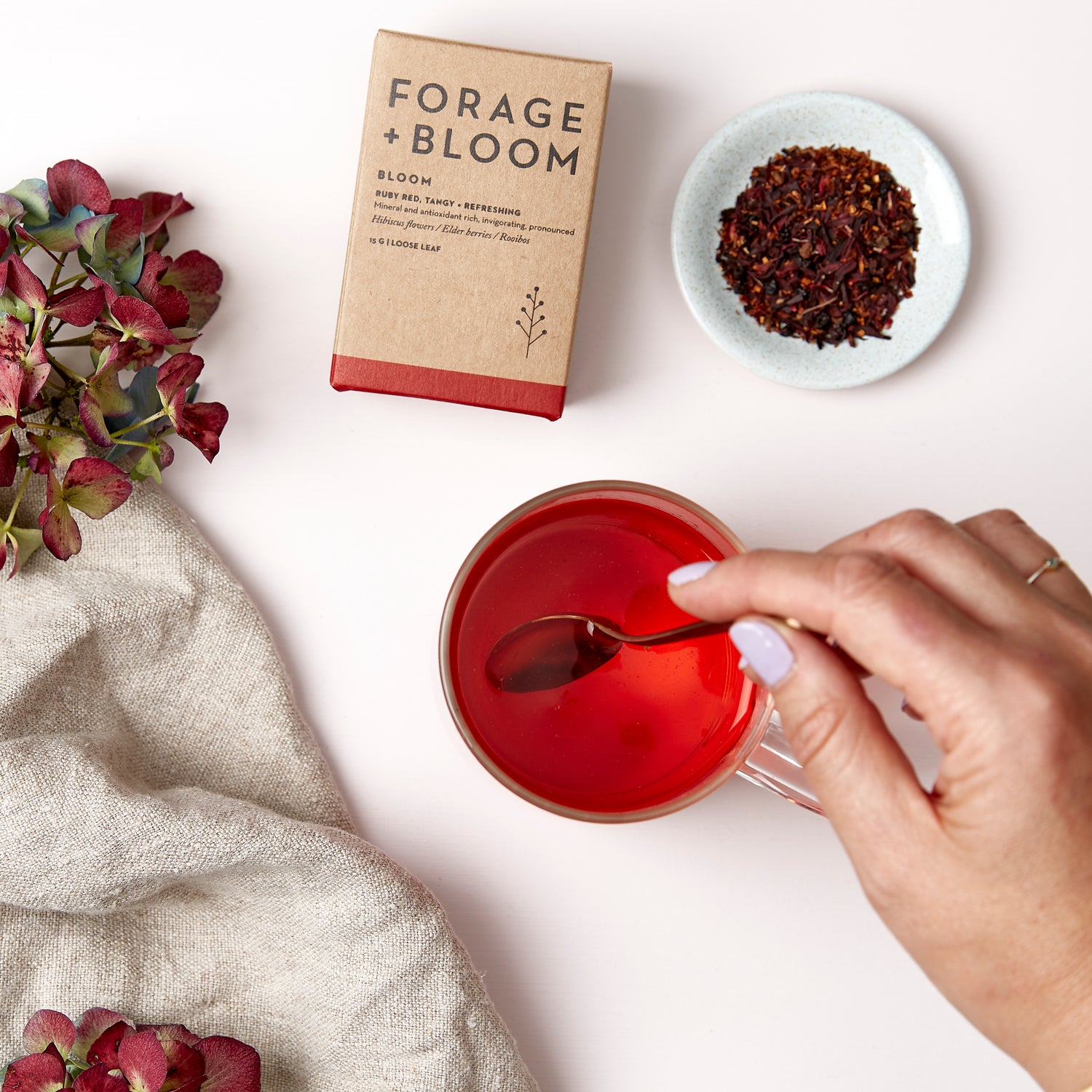
PREMIUM ORGANIC TEAS.
Forage and Bloom creates organic, therapeutic teas designed to taste delicious, support wellness, and elevate your every day tea experience.
Our blends are handcrafted in small batches right here in New Zealand, using certified organic herbs with zero additives.
Because you deserve the best.

FOUNDER + OWNER OPERATOR.
Hi, I'm Hannah, a qualified naturopath, herbalist, and nutritionist with 14 years of experience in the natural health industry, and a background in hospitality.
In 2014, I created Forage and Bloom so that people could access the benefits of herbs in an easy, delicious, and convenient way.
I've formulated our tea blends to enhance both flavour and function. Drinking quality tea every day is one great way to live well.
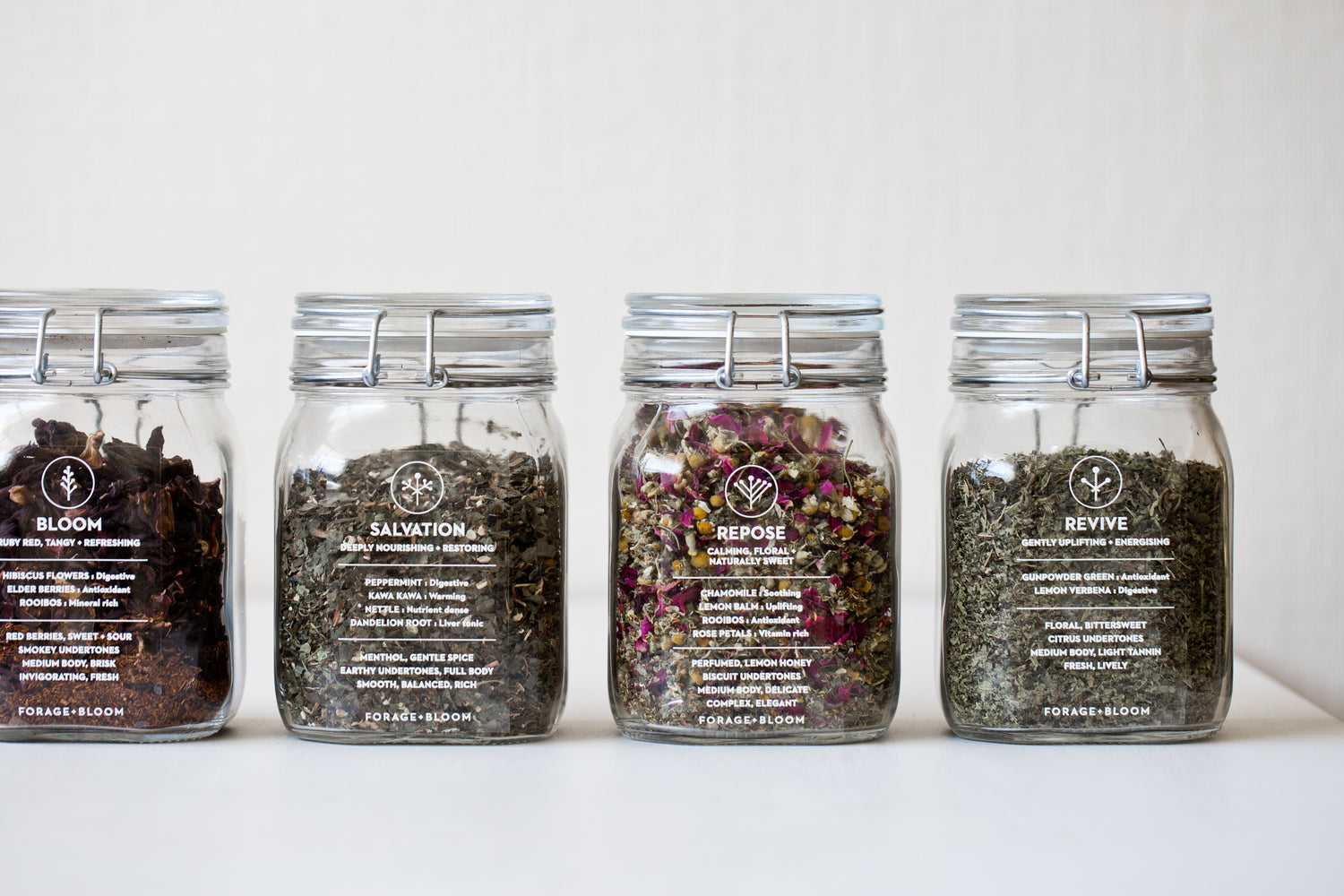
WHO WE PARTNER WITH.
Our teas were originally designed with home and hospitality in mind, but over the past 10 years have proven to be ideal for a wide range of settings, including cafés, restaurants, hotels, wellness studios, salons, spas, and retail and corporate spaces.
Featuring classic tea flavours that people love, like green, peppermint, and chamomile, enhanced with therapeutic benefits, our teas fit seamlessly into environments that value quality and care.
Keep your eye out for our tea jars at your favourite places, and let us know if you'd like to see us stocked somewhere you love to go.
If you'd like to partner with us, please get in touch!
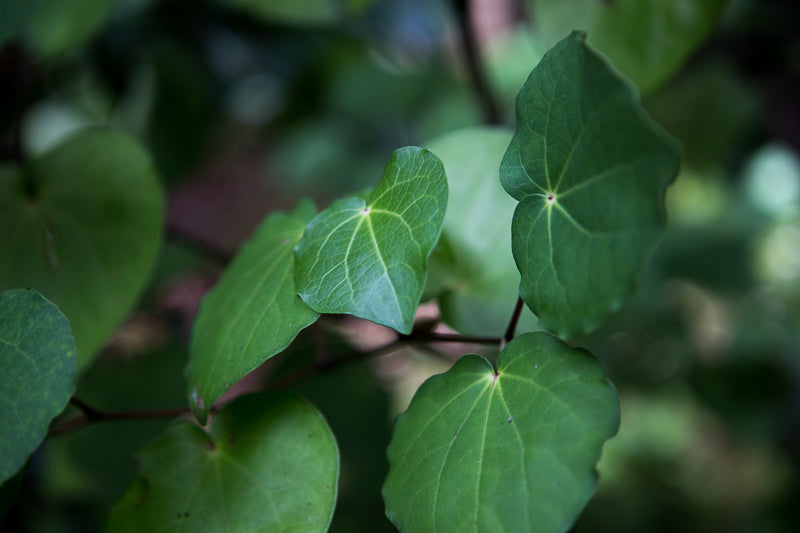
Quality and sustainablility matter to us.
We use herbs that grow in abundance and are thoughtful about their origins. Our packaging is biodegradable and recyclable.
We donate native trees each month through Trees That Count.
We believe in treating people and the planet with care.
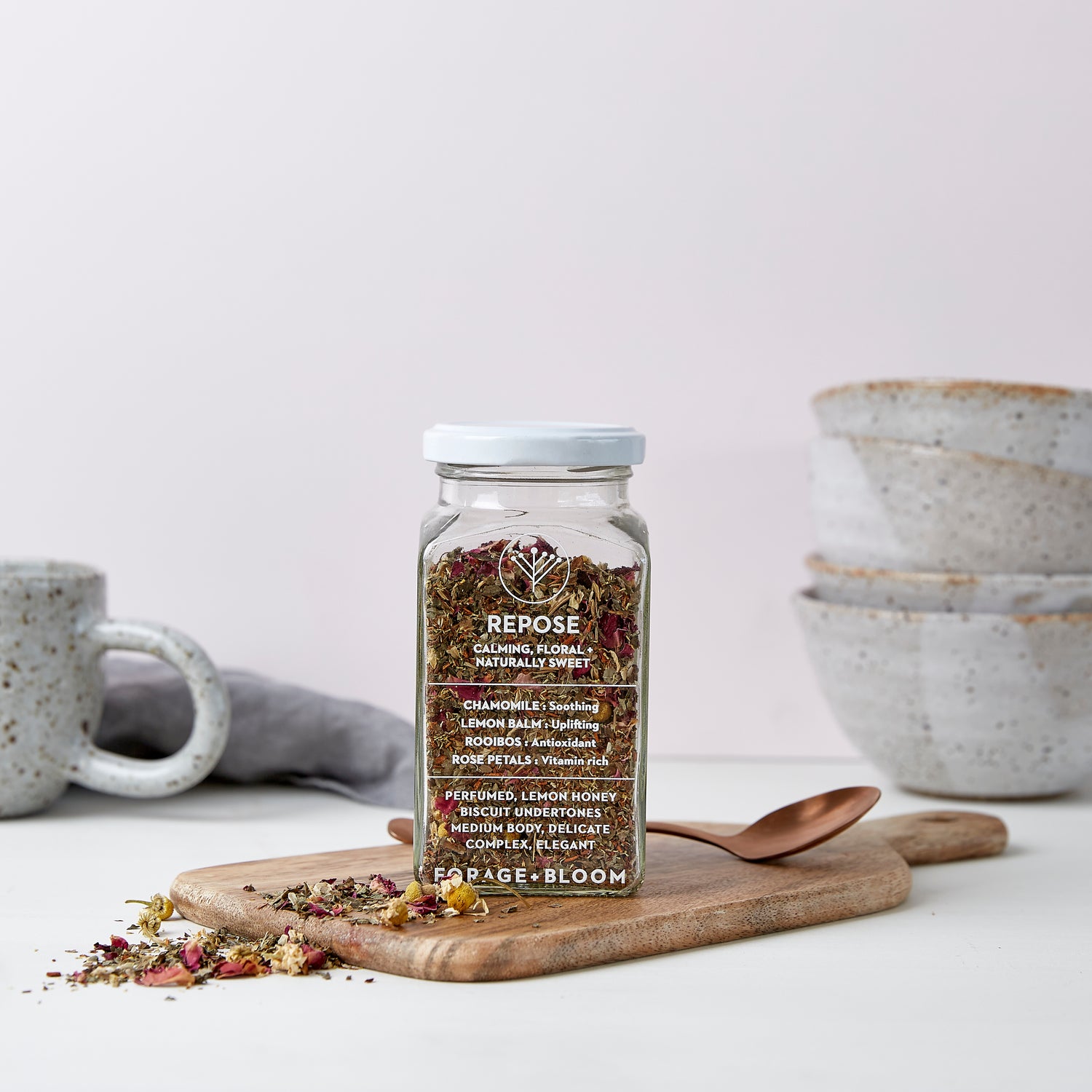
TEA FOR HOME.
We think quality tea deserves a special place in every home, so we've designed our refillable jars to look pretty sitting in your kitchen.
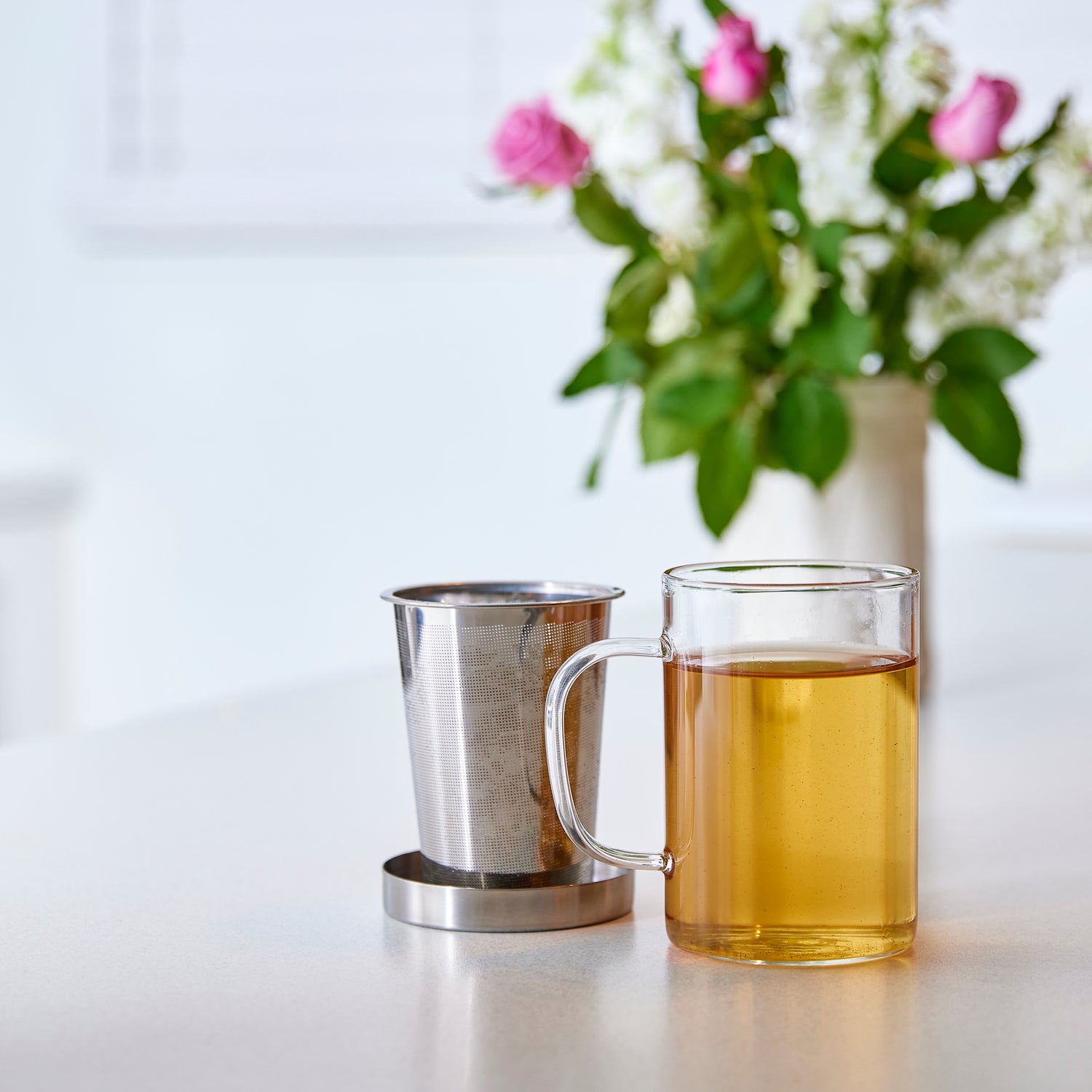
TEAWARE.
We have a select range of teaware including our glass teacup and infuser, single cup infusers and fill your own tea filters, which are great for taking tea on the go.
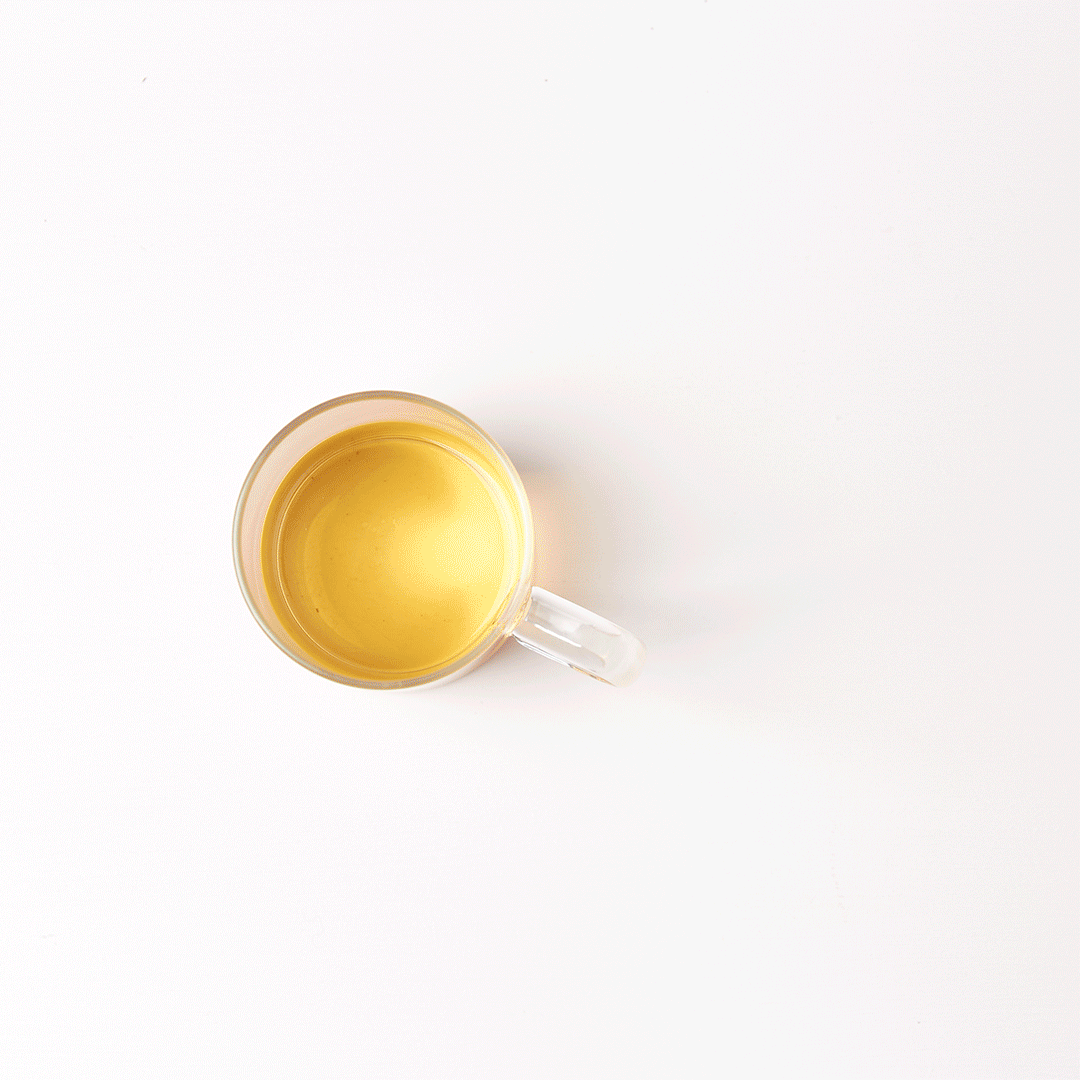
LET'S TALK TEA.
We love hearing from you!
Get in touch if we can help with anything.
